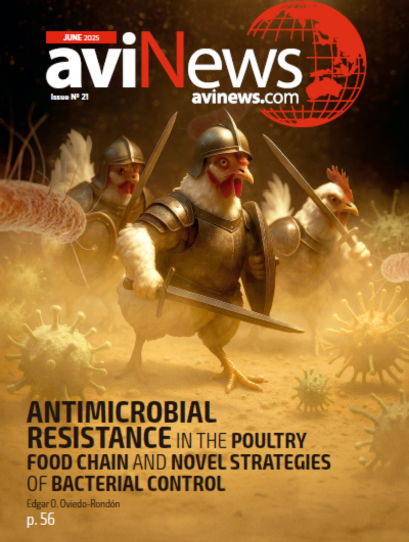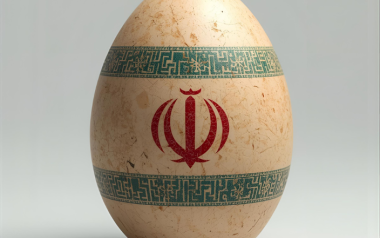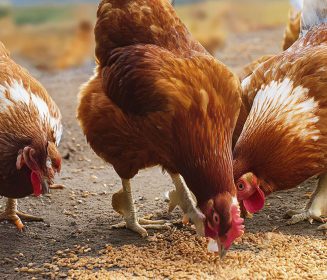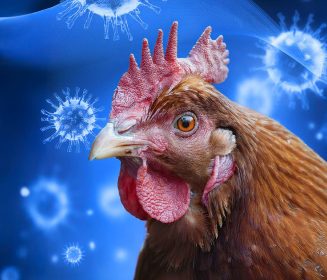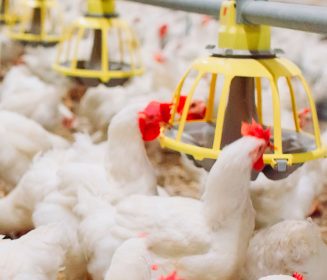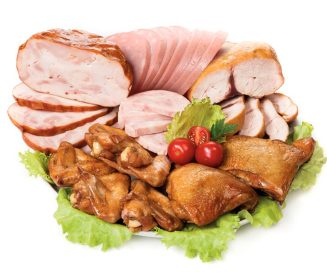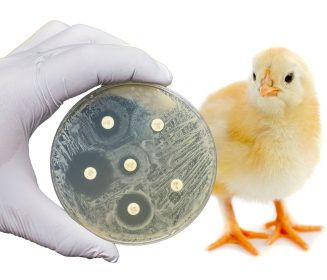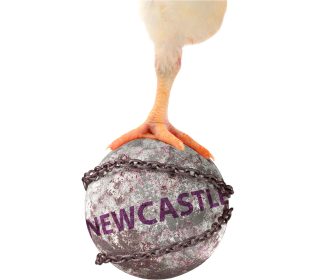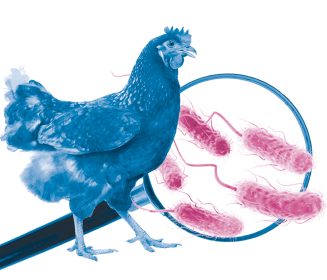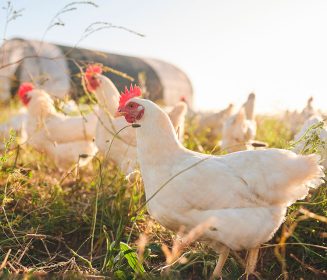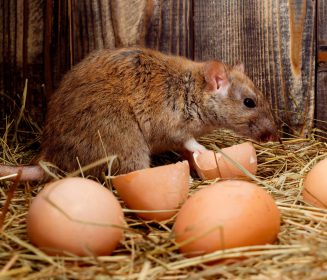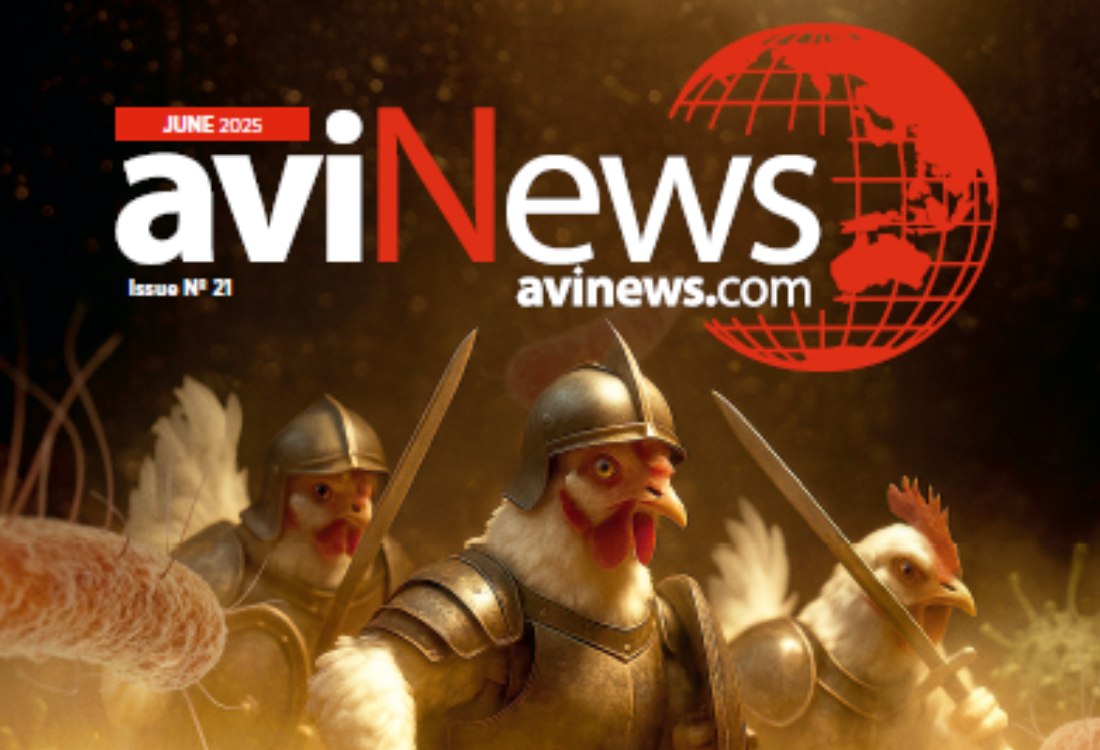Sources: Available upon request
19 Feb 2025
Protein Availability vs. Affordability in India: A Reality Check
Protein is a fundamental nutrient essential for muscle development, immunity, and overall health. However, in India, access to adequate protein remains a challenge due to economic disparities, dietary habits, and affordability constraints.
Protein is a fundamental nutrient essential for muscle development, immunity, and overall health. However, in India, access to adequate protein remains a challenge due to economic disparities, dietary habits, and affordability constraints. While protein-rich foods are available, their consumption remains low, leading to widespread protein deficiency. This article explores the availability, affordability, and solutions to India’s protein crisis.
India has a diverse mix of animal-based and plant-based proteins, but the per capita protein intake remains lower than global recommendations.
Major Protein Sources in India
- Dairy products (milk, paneer, curd) are widely available due to India’s strong dairy industry.
- Eggs and chicken are among the most accessible and affordable animal-based proteins.
- Pulses and legumes are primary protein sources for vegetarians but lack certain essential amino acids.
Affordability: The Biggest Constraint
- Despite availability, high-protein foods remain unaffordable for a significant section of the population.
- Cost Comparison of Key Protein Sources (Feb 2025, India Market Prices)
Key Affordability Insights
- Chicken and eggs provide the best value-for-money protein among animal sources.
- Soya chunks are the cheapest protein source, making them ideal for vegetarians.
- Mutton and fish are expensive, limiting their consumption among lower-income groups.
- Milk is widely available, but its protein density is lower compared to meat and pulses.
The Protein Deficiency Problem in India
Despite availability, India faces widespread protein deficiency due to affordability issues, lack of awareness, and dietary preferences.
Challenges
- Economic Constraints: High-protein foods are expensive for low-income households.
- Dietary Habits: Many Indians consume carbohydrate-heavy diets (rice, wheat) with inadequate protein.
- Awareness Issues: People often ignore protein in daily nutrition planning.
- Vegetarian Dominance: Many Indian diets lack high-quality complete proteins.
Protein Deficiency Statistics
- 73% of Indians are deficient in protein (IMRB survey).
- Only 10% of Indians get adequate protein from their daily diet.
- Children and women are most affected by protein malnutrition.
Solutions: Making Protein Affordable & Accessible
To bridge the protein gap, India needs a multi-pronged approach:
- Promote Affordable Protein Sources – Encourage consumption of eggs, lentils, soya, and dairy for cost-effective protein intake.
- Increase Awareness – Educate people about the importance of daily protein consumption.
- Government Interventions – Reduce prices of high-protein foods and include protein-rich items in ration schemes (PDS, mid-day meals, etc.).
- Encourage Poultry & Aquaculture Growth – To boost production and reduce costs.
- Fortification & Supplements – Introduce protein-fortified grains and dairy for vulnerable populations.
Can India Achieve Protein Sufficiency?
Yes—but it requires a shift in dietary habits, affordability measures, and awareness campaigns. Increasing the consumption of eggs, chicken, dairy, lentils, and soya while making them more affordable will be key to solving India’s protein crisis.
To ensure a healthier future, both policymakers and consumers must prioritize protein-rich diets and make them accessible to all.

